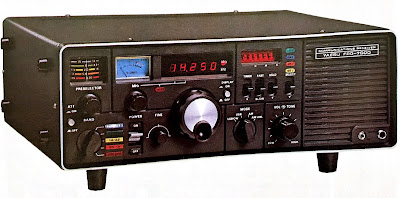After more than a decade of service, the switching power supply of my Perseus SDR failed. Symptoms included receiver freezing frequently, with the host PC showing error messages such as "Device not recognized". Apparently, this is a frequent fault.
So, I decided to
open the power supply and fix it. With this document I want to share my
experience, but first let me state it very clearly: do it at your own risk. I
will accept no liability for any damage you will do to your radio, to yourself
or to this sector of the Universe by following the procedure outlined in this
document.
The problem
The culprits are
two low-voltage electrolytic capacitors (330uF, 25V) of an unknown (to me)
brand (Luxon); with time they age and the ESR reaches stellar values (up to 300W have
been measured). The output voltage becomes unstable or too low to properly
power the Perseus.
The cure
The power supply must be opened carefully to minimize damage. The two shells are not glued, but there are plastic snap fasteners that hold them together. I used a large, flat screwdriver to force them open (with minimal damage) from the back (where the cable exits) – see Figure 1.
Once opened, the two capacitors circled in red in Figure 2 must be replaced with good-quality new ones (330uF – 25V). Mind their size since space is at premium. Close the power supply, check the output voltage (5.2 V) and you’re back in business.











